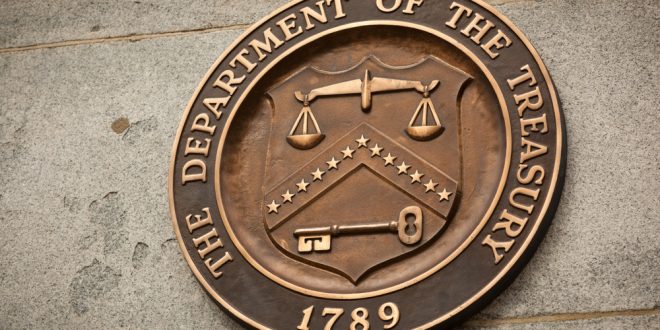U.S. Treasury Secretary Scott Bessent emphasized that interest rate decisions rest with the Federal Reserve, led by Chair Jerome Powell, while suggesting that a delayed July rate cut could lead to a larger reduction in September. His comments, made amid a robust U.S. jobs report and advancing trade policies under the Trump administration, signal economic resilience but risk market uncertainty. Bessent’s deference to Powell’s Fed, combined with optimism about trade and fiscal measures, could drive volatility if rate expectations or tariff impacts are misjudged, necessitating clear Fed guidance to ensure stability.
Powell’s Fed and Bessent’s Rate Outlook
Bessent underscored that Powell’s Federal Reserve holds sole authority over interest rates, noting that if no cut occurs in July, “perhaps an interest rate cut in September will be bigger.” This aligns with market shifts following June’s jobs report, which added 147,000 jobs and lowered unemployment to 4.1%, slashing July rate cut odds from 23.8% to 6.7%, while September odds remain at 71%. Bessent’s speculation about a larger September cut reflects confidence in Powell’s data-driven approach, but with inflation above the 2% target, markets remain cautious, anticipating Powell’s next moves.
Trade Policies and Economic Strength
Bessent highlighted a finalized Vietnam trade deal addressing Chinese transshipment, asserting that tariffs, including an additional 10%, have not harmed the economy. He pointed to the stock market’s recovery from a 15% April decline to new highs, dismissing tariff-driven inflation as a “one-time price bump.” He warned that countries delaying trade deals risk facing higher April 2 tariff rates. Ongoing EU negotiations and Japan’s constraints, due to its July 20 Upper House election, limit short-term progress, yet Bessent remains optimistic about expanding trade agreements.
Fiscal Momentum and Fed Leadership Risks
Bessent expressed confidence in the passage of a tax and spending bill, set for a vote around 1:30 PM on July 3, predicting it will boost private sector investment. He also revealed plans to discuss replacing Powell as Fed Chair in the fall, citing “lots of good candidates.” This prospect, amid President Donald Trump’s criticism of Powell’s high-rate stance, could unsettle markets if not managed transparently. The strong jobs data reinforces Powell’s focus on inflation control, but a potential leadership transition introduces uncertainty.
Path to Market Stability
Bessent’s optimism about trade and fiscal policies contrasts with concerns about tariff-induced price shocks and a possible Fed leadership change. Powell’s likely decision to hold rates in July, driven by robust employment, requires clear communication to anchor market expectations, especially with a larger September cut on the table. The administration must balance its aggressive trade stance with diplomacy to avoid retaliatory tariffs. With the tax bill poised to drive investment, coordinated clarity from Powell’s Fed and fiscal authorities is critical to sustain market confidence amid global risks, including Middle East tensions.

 Noor Trends News, Technical Analysis, Educational Tools and Recommendations
Noor Trends News, Technical Analysis, Educational Tools and Recommendations




